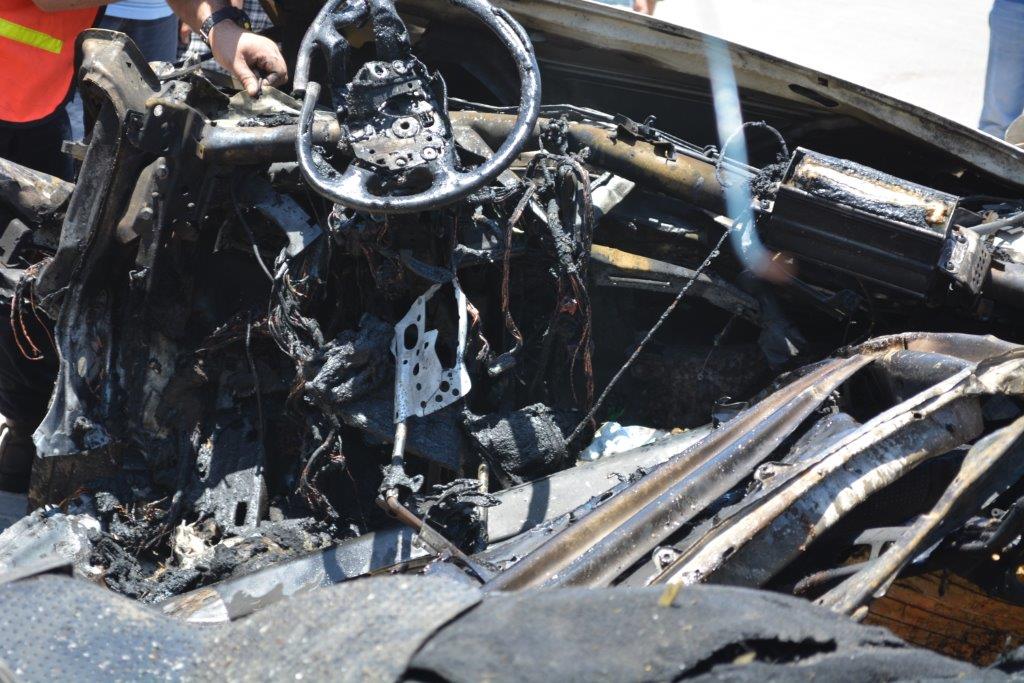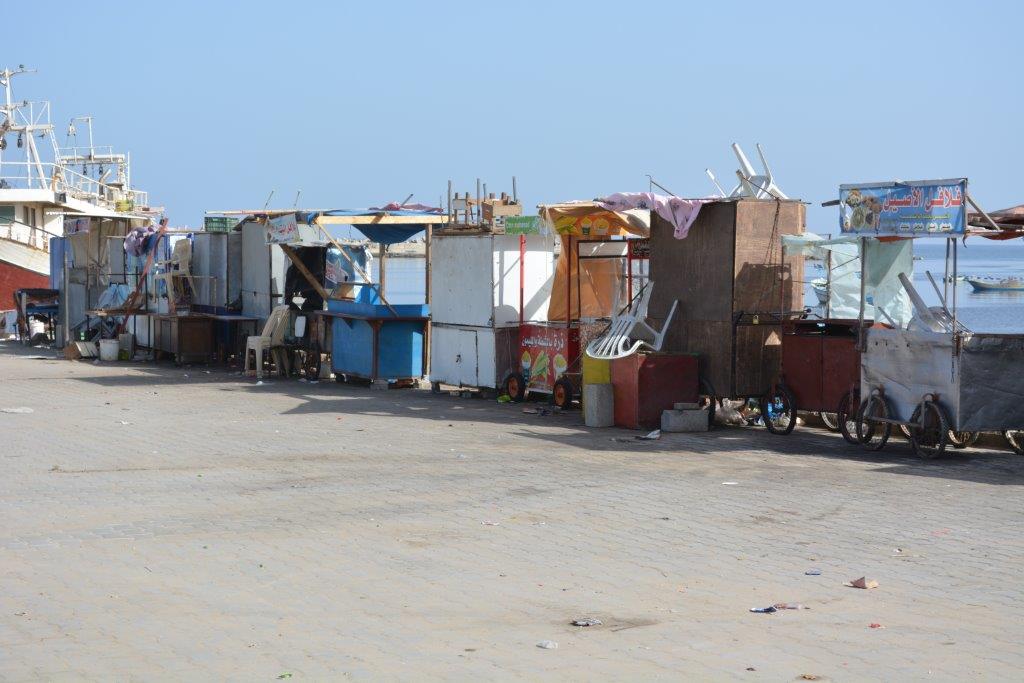Category: Journals
-
Gaza report: War against civilians
14th July 2014 | International Solidarity Movement, Charlie Andreasson | Gaza, Occupied Palestine The war is now in its seventh day, the death toll is rising briskly, 17,000 people have fled Beit Lahia in the north after the threat of a land invasion, fishermen are prevented from accessing their fishing grounds, and sewer and water…
-
Gaza report: Death and destruction
11th July 2014 | International Solidarity Movement, Charlie Andreasson | Gaza, Occupied Palestine We managed to get a lift in an armoured Land Rover belonging to French journalists, and at crazy speed we went through intersections with only the cat horn as protection. The goal was Jabalya refugee camp and the latest targeting killing using…
-
Journal from Gaza: Ghost town
10th July 2014 | International Solidarity Movement, Charlie Andreasson | Gaza, Occupied Palestine The entrance to the harbour was yesterday blocked for cars and other vehicles, but it was no problem to enter by foot. No one tried to stop me; there was no one there to stop me. The sentry box, where the police…



